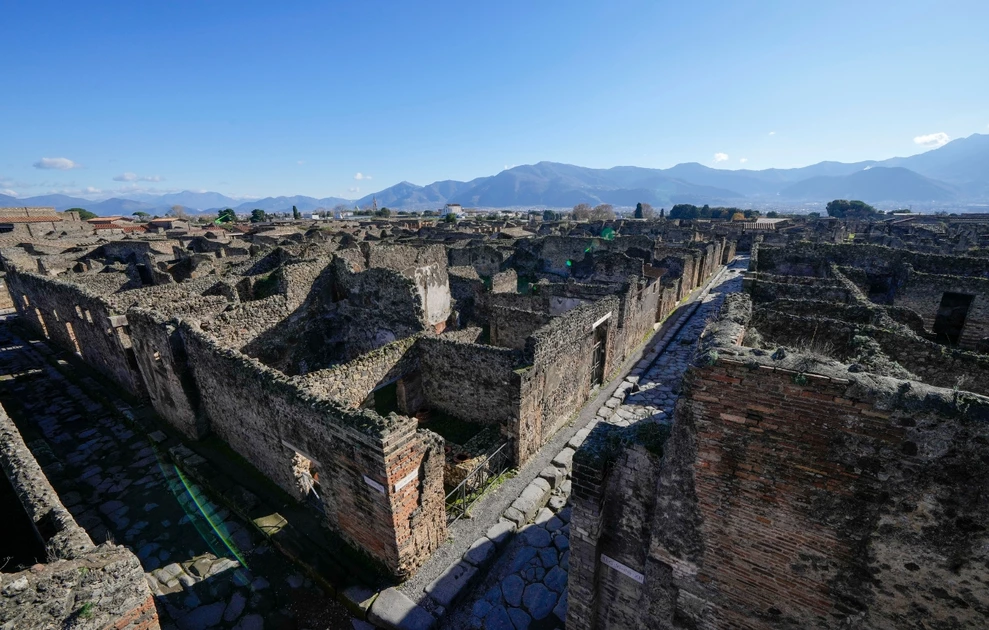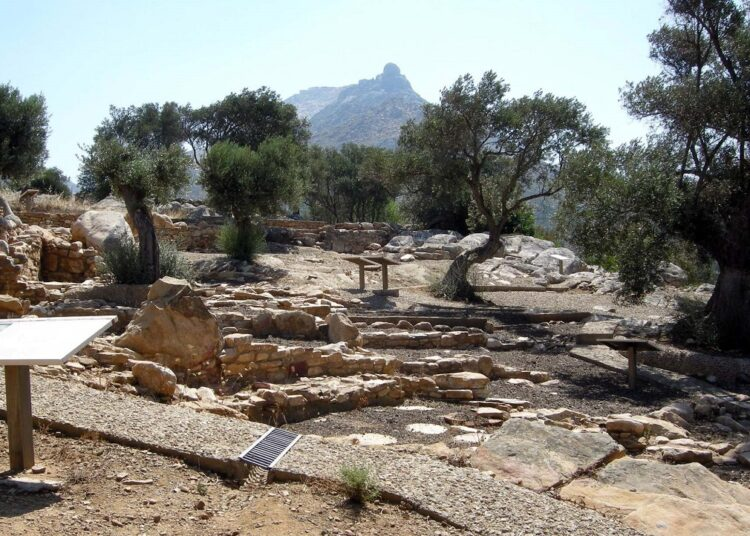The invention of stone tools marks a pivotal moment in human history, representing the dawn of technology and the beginning of our species' ability to shape the world around us. Emerging during the Paleolithic era, approximately 2.6 million years ago, stone tools were humanity’s first innovation, setting the stage for cultural, cognitive, and physical evolution. This exploration delves into the development and significance of these tools, focusing on key discoveries like the Oldowan and Acheulean traditions, and their profound impact on human evolution.
The Dawn of Stone Tools: The Oldowan Tradition
The earliest known stone tools belong to the Oldowan tradition, named after the Olduvai Gorge in Tanzania, where they were first discovered by Louis and Mary Leakey in the 1930s. These tools date back to around 2.6 million years ago and are associated with early hominins such as Homo habilis, often referred to as "handy man."
Oldowan tools were simple yet revolutionary. They were created by striking one stone against another to produce sharp flakes and cores, which could be used for cutting, scraping, and pounding. These tools enabled early humans to process food more efficiently, such as butchering meat and breaking open bones to access marrow, which provided a rich source of calories and nutrients. This dietary shift likely played a critical role in supporting brain growth and the development of larger, more complex social groups.
The Acheulean Revolution: A Leap in Complexity
Around 1.76 million years ago, a more advanced toolkit emerged: the Acheulean tradition. Named after the site of Saint-Acheul in France, these tools are most closely associated with Homo erectus, a species that exhibited greater cognitive and physical capabilities than its predecessors.
The hallmark of Acheulean tools is the bifacial handaxe, a symmetrical, teardrop-shaped tool that required a higher degree of planning and skill to produce. Unlike the opportunistic flakes of the Oldowan tradition, Acheulean tools were carefully shaped on both sides, indicating a significant leap in cognitive abilities, including spatial reasoning and foresight. These tools were versatile, used for tasks such as cutting, digging, and woodworking, and their widespread distribution across Africa, Europe, and Asia suggests that Homo erectus was a highly mobile and adaptable species.
The Impact of Stone Tools on Human Evolution
The development of stone tools had far-reaching implications for human evolution. First, they provided a survival advantage, enabling early humans to access new food sources and defend themselves against predators. This, in turn, supported population growth and the expansion into new environments.
Second, the cognitive demands of toolmaking likely drove the evolution of the human brain. The ability to plan, problem-solve, and transmit knowledge across generations laid the foundation for language, culture, and complex social structures. Tools became a medium for teaching and learning, fostering cooperation and innovation within groups.
Finally, stone tools offer a window into the lives of our ancestors. Archaeologists use them to trace migration patterns, technological advancements, and even social behaviors. For example, the uniformity of Acheulean handaxes suggests that early humans had a shared sense of aesthetics and cultural norms.
Key Discoveries and Their Significance
Olduvai Gorge, Tanzania: The discovery of Oldowan tools at Olduvai Gorge provided the first concrete evidence of early human tool use, reshaping our understanding of human origins.
Lake Turkana, Kenya: Sites like Koobi Fora have yielded some of the oldest Acheulean tools, shedding light on the technological transition from Oldowan to Acheulean traditions.
Boxgrove, England: This site contains some of the best-preserved Acheulean handaxes in Europe, offering insights into the lives of Homo heidelbergensis, a descendant of Homo erectus.
Conclusion
The invention of stone tools during the Paleolithic era was a transformative milestone in human history. From the rudimentary flakes of the Oldowan tradition to the sophisticated handaxes of the Acheulean, these tools reflect the ingenuity and adaptability of our ancestors. They not only enhanced survival but also catalyzed cognitive and cultural evolution, setting humanity on a path toward innovation and progress. As we continue to uncover the secrets of our past, stone tools remain a testament to the enduring legacy of humanity’s first technological breakthrough.







